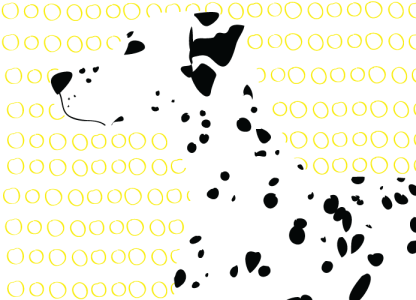Chatting with Jon Owen @JonOwenDI of the past two days has drawn out a lot of thinking on cognition. It started with a question.
What is knowledge, before it become knowledge. We settled on “sense data” and the teacher poll settled on “information.” It is clearly not – knowledge.
In one of our later conversation, Jon introduced the term “gestalt.”
Prior knowledge is in the form of gestalts, which are structures composed of data points which transform incoming data and are transformed by it simultaneously.
Jon Owen
He went on to say:
Gestalts are forms that imply a range of possible data points. They are created through transformation phenomena called interpolation and extrapolation. By placing a new data point in the gestalt, you change the data point because it is now associated with other data and also the gestalt, because the gestalt now admits a wider or narrower range of data.
Jon Owen
Gestalt and schema are both important concepts in psychology, but they refer to different aspects of perception and cognition.
Gestalt theory is concerned with the way that people perceive and organise sensory information. The notion that we are mapping our worlds.
You can see how it connects with Jon’s think on information as sense data. It suggests that we perceive objects and events as whole, organised structures, rather than as isolated elements. It suggests the importance of principles of similarity (grouping elements that are similar together) and therefore, by extension, difference. One important concept related to gestalt is transformation phenomena, which includes interpolation and extrapolation. Interpolation refers to the perception of missing elements in a pattern, while extrapolation refers to the perception of elements outside of the pattern. Interpolation and extrapolation and the fundamental processes that drive learning.
Schema theory is concerned with how people use mental frameworks to interpret and organise information.
Schemas are cognitive structures that help us categorise and interpret new information based on our existing knowledge and experiences. Schema theory also suggests that when we encounter new information that does not fit with our existing schemata, we may either modify our existing schemata to accommodate the new information or create new schemata to account for the new information. This process is known as accommodation or assimilation, respectively.
Summary
While both gestalt and schema theory involve the organisation of information, they are different in several key ways.
First and foremost, both theories address the way that learners organise information, however gestalt theory focuses on the sensory experience of perception, while schema theory focuses on the cognitive process of interpretation.
Gestalt theory is focused on the sensory and perceptual aspects of information processing, while schema theory is focused on the cognitive and interpretive aspects.
Gestalt theory is concerned with the way that information is organized into meaningful patterns, while schema theory is concerned with how people use pre-existing knowledge to interpret new information.
More thanks to Jon Owen for his conversation, as ever.



